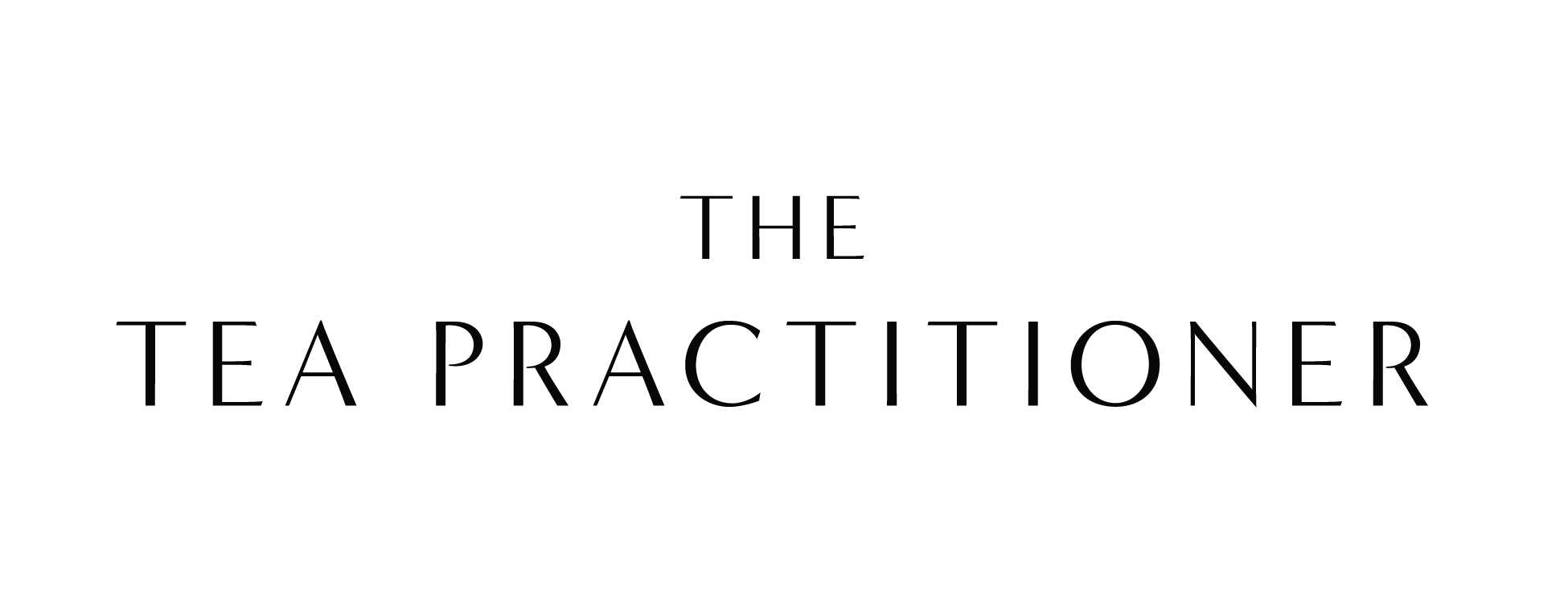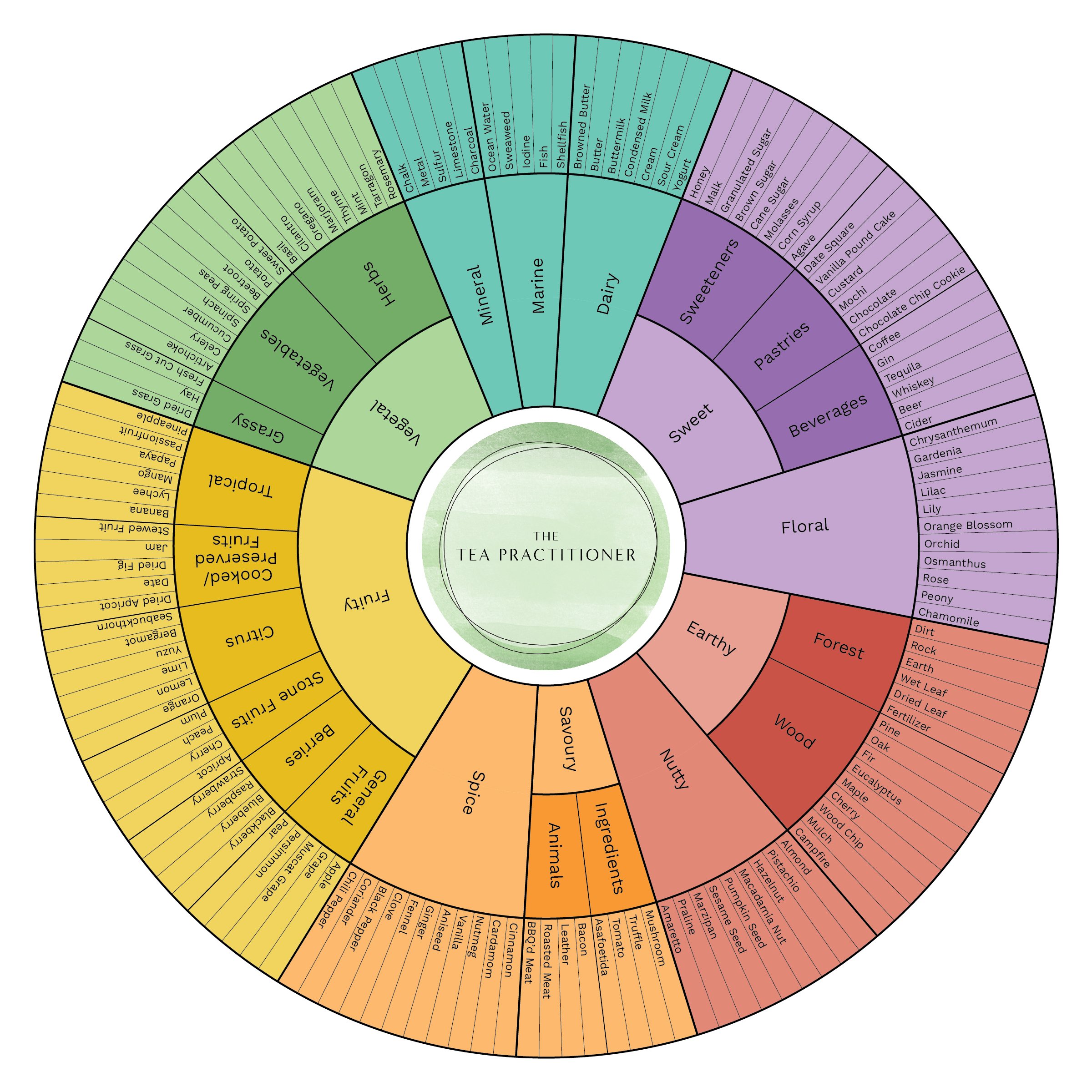How To Taste Tea - Using All Your Senses to Taste Tea Like a Professional
Why do people taste tea?
Doing a professional tasting is a great way to understand the quality of your teas. Tea professionals can taste teas and determine whether the teas produced differ in taste each year, or whether the same tea from a different producer has a more memorable and pronounced character. It’s a great way to take note of any differences, similarities, flavours, and quality. Tea tasting isn’t just reserved for professionals. As a tea enthusiast or practitioner, doing such a practice will give you a greater understanding and appreciation for what you’re drinking. You can easily taste your teas using these helpful tips.
Tea Tasting Tips
If you’re going to be tasting multiple teas, be sure to taste the lightest, more delicate teas first, then finish with the more bold, robust teas so as not to overwhelm your tastebuds; delicate teas will be easier to identify with a cleaner palate. Doing the opposite may give you inaccurate tasting notes.
When tasting teas, slurping can help expel the volatile compounds from the liquor, giving you a higher chance to get an accurate reading on the nuances and flavours of the tea.
Training Your Palate
Using all your senses, you can identify and observe the variances in each tea you drink. Using your olfactory senses and your taste buds along with your lived experiences, you can get a greater grasp of understanding the flavour profile of your tea.
On our packaging, we write tasting notes to let our customers know what they’ll expect from a tea. How do we come up with all of these flavour profiles? Though tasting teas can be highly subjective when it comes to perceived taste, it’s often very easy to train your palate to understand and identify some of the flavours related to tea. We do it by tasting as many teas as possible, as well as being aware of the many aromas and flavours in our food and drink, and of our surroundings in everyday life.
Constantly giving your palate and nose opportunities to broaden its knowledge of flavours and aromas can benefit your tea tasting. For example, when identifying a floral flavour in your tea, you may think just broadly, that it’s floral. This is a great start to your tasting journey. But if you’ve exposed yourself to different floral aromas, you might get a more specific identification in flavour that can differentiate one tea from another. One tea’s flavour notes can be lavender, while other teas can have notes of peony, jasmine, or rose.
What you need to brew professionally
Tea Cupping Set
Though it’s not imperative that you use a professional Tea Cupping Set to taste your teas properly, a clear, or white set of a bowl and teacup is important so that you may accurately analyse the colours of the liquor and tea leaves. For our tea sessions, we use white gaiwan, or lidded bowls, to taste any of the teas that come into our shop.
Scale
A scale is not necessary in a casual setting, but for accuracy and precision, a good scale that can weigh under 1 gram can help in creating consistency with each tea throughout a cupping.
Journal or paper
Part of being a professional tea taster is keeping detailed notes of all the teas you’ve tasted. It’s not only indicative of the journey you take, but it may help if you need to taste and compare teas from the same supplier, but from different harvest seasons or years, or even tasting teas from different farmers who produce the same tea.
How to Brew in a Professional Cupping Session
Now that you have the tools to create an accurate and professional cupping, let’s put these ideas to work. All of your brewing parameters must be the same to ensure accurate cupping.
Measure
To begin cupping, add your desired tea to each bowl, with each amount of tea being the same. We use gong-fu brewing parameters in our gaiwan, so we use 5g of tea in each tea bowl.
Analyse Dry Leaf
What does the tea look like? Describe the tea’s colour, shape, size, texture, and aroma.
Tea Flavour Wheel
Having trouble pinpointing the flavours you’re tasting and smelling in your tea? Having a resource, such as a tea flavour wheel to reference is a great way to identify flavours and aromas while tasting. Feel free to print or reference our guide below during your tea tastings.

